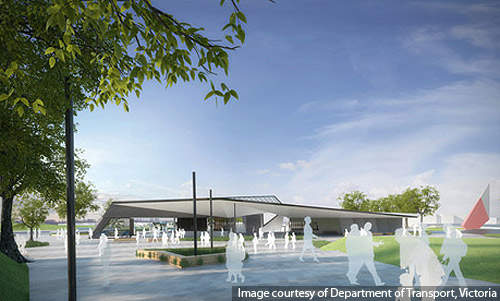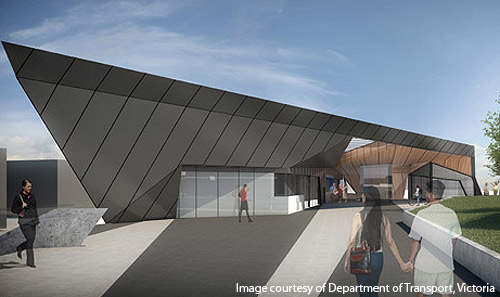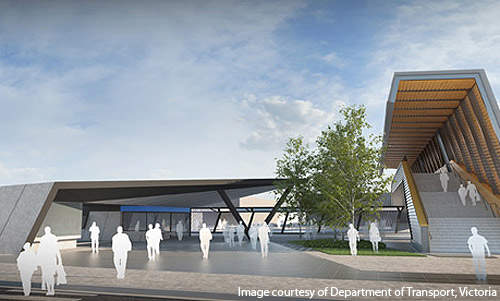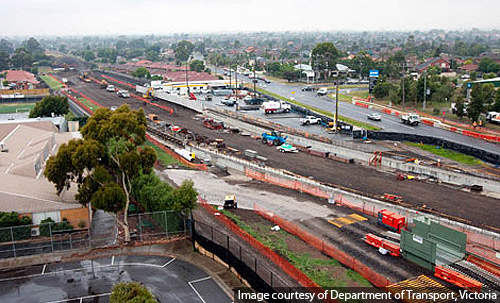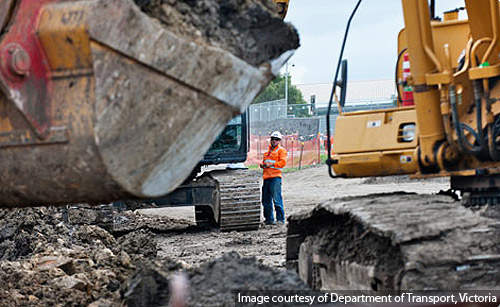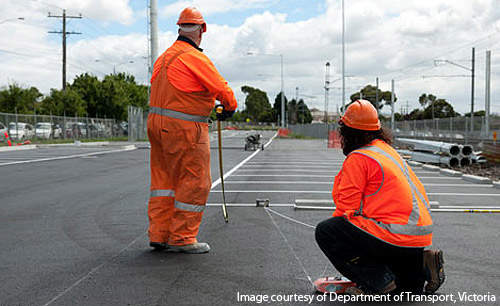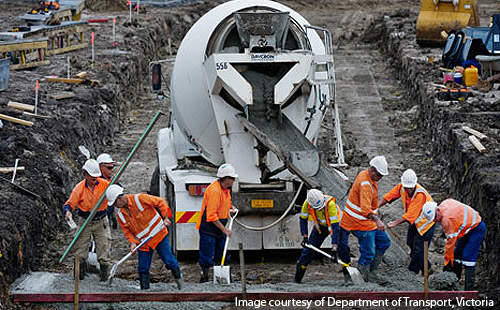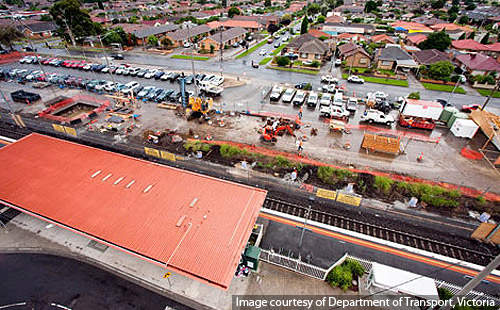The South Morang Extension project includes 3.5km of rail extension from Epping to South Morang on the suburban electric Epping railway line in north Melbourne. It also includes duplication of a 5km-long rail track between Keon Park and Epping stations.
The $650m project is being executed by an alliance of the Department of Transport, Metro Trains (the operator) and VicRoads, the state highway department of Victoria. Funding is provided under the $38bn Victorian Transport Plan that was initiated by the Government to improve public transport in north Melbourne.
Upon completion in 2012, the project will improve access to public and road transport in areas around South Morang and Plenty Valley. It will also witness significant upgrades at the Epping, Hurstbridge and Whittlesea corridor.
Contractors
John Holland, an engineering subsidiary of Leighton Construction, was awarded the construction contract in June 2010 for $252m. The infrastructure design and management service contract was awarded to AECOM.
Kellogg Brown and Root (KBR) were signed as a sub-alliance partner in January 2011. The company will provide design, environmental and risk management services in addition to assisting the project management and leadership team.
The project utility works are being carried out by Telstra and Ausnet.
Construction
The first sod was turned in October 2010 at Epping station. Construction is expected to be completed in late 2012, nine months ahead of the original schedule.
The public utility works began in November 2010 and are currently underway at various locations between Keon Park and South Morang.
Lines and routes
The Epping line currently operates between Flinders Street and Epping. It shares track with the Hurstbridge Line between Flinders Street and Clifton Hill.
It is a bi-directional line and stops at nearly 20 stations on the route.
Project
Although conceived in 2004, the South Morang Rail Extension project was approved five years later in May 2009.
The project includes placing of new second track between Keon Park and Epping station and construction of a new 3.5km-long double track from Epping to the new South Morang station.
It will require about 16,000m of single track, 10,000 concrete sleepers, 80,000t of rail ballast, 80,000m³ of basalt rock, 11,000m of drainage, 8,500m³ of concrete and 17,000m of kerb channel.
Infrastructure
The South Morang rail extension is an all-inclusive rail and road infrastructure plan. In addition to duplication and laying of new rail tracks, the north Melbourne region will also witness significant development of road infrastructure.
The 3.5km extension is being constructed along the shared pedestrian and bicycle path to connect to the existing bicycle network.
Three new road overpasses will be built at Cooper Street in Epping, Pindari Avenue and Civic Drive in Mill Park and two new rail bridges over Darebin Creek and Henderson’s Drain.
The new South Morang station will be constructed between Civic Drive and McDonald’s road. It will be an interchange multi-modal station with feeder bus services and will have a bus interchange and space for 450 car bays.
The existing Epping station will be shifted to the north of Cooper Street. The station’s maintenance facility will be upgraded and expanded.
The station at Thomastown will be reconstructed, adding a second platform and a pedestrian overpass.
Other stations that will gain significant parking space are Lalor and Keon Park stations. The Lalor station will have new parking space for 140 cars.
Yarra Valley Water will be constructing a new water main at the intersection of Pollock Drive and Border Drive. The M26 water main between Childs Road and Cooper Street will also be replaced.
Signalling and communications
Hertel Modern Rail completed the cable and signal enabling works along the route in August 2010.
The signalling work involved relocation of the existing cable and signal wires between Keon Park and Epping stations. The wires were uprooted and shifted from the east side of the single track to the west side to facilitate the construction of the second track.
The 8.5km rail-line required around 57,000m of power and data cable and 50 gantry / signal structures.

